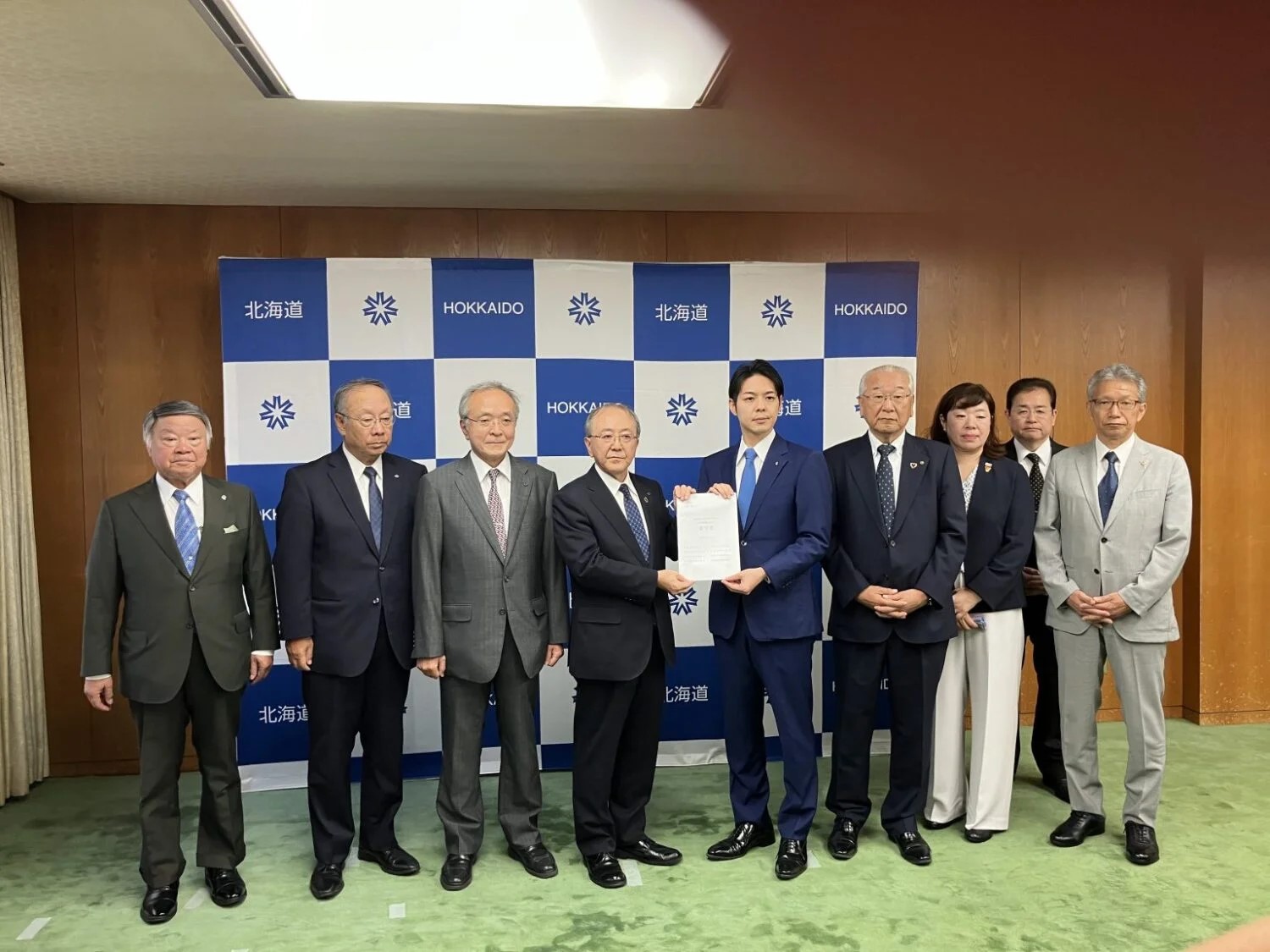The so-called “mid-and-long-term roadmap” toward the decommissioning of the Fukushima Daiichi NPPs—describing the specific steps and concrete measures to be taken until decommissioning is completed—was revised at the end of 2019, based on technical proposals by the Nuclear Damage Compensation and Decommissioning Facilitation Corporation (NDF). The roadmap also covers the removal of spent fuel from dedicated pools and the start of the removal of the fuel debris.
To facilitate the planning to achieve the roadmap’s goals, the Decommissioning Midterm Action Plan 2020 presents specific actions to be taken over a decade or so in dealing with the contaminated water, the removal of spent fuel from spent fuel pools, the removal of fuel debris, and measures to deal with waste. The plan is expected to be reviewed every year, and will be adjusted based on future progress.
According to the action plan, the fuel removal currently being undertaken from the spent fuel pool at Unit 3 should be completed during the current fiscal year (that is, by March 31, 2021). According to the roadmap, the removal of spent fuel at Units 1 and 2 is expected to begin in FY28 and FY26, respectively. The removal of the fuel debris is expected to begin sometime in FY21 (starting in April 2021), beginning with Unit 2.
At a press conference on March 27, President Akira Ono of the Fukushima Daiichi Decontamination & Decommissioning Engineering Company, emphasized the importance of carrying out the Decommissioning Midterm Action Plan 2020 “safely and steadily,” looking ahead to a reorganization in April.
TEPCO also announced its promise to Fukushima that “reconstruction and decommissioning will proceed together.” Citing TEPCO’s three slogans of Open, Creation, and Carrying Out, Ono mentioned its determination to strive toward Fukushima’s reconstruction through the long-term decommissioning. Saying that the power utility wanted to deal with local companies directly, he said that it would soon prepare materials explaining the contents of work and technologies required from now on, helping those companies participate in designing the equipment and facilities needed to remove the debris.
Meanwhile, on March 24, TEPCO released a preliminary draft of its plan to dispose of treated water at the Fukushima Daiichi NPPs in response to a report issued in December by a committee of the Agency for Natural Resources & Energy (ANRE) under the Ministry of Economy, Trade and Industry (METI).
Regarding vapor release and offshore release, which had been deemed “practical means” in the ANRE committee’s report, Ono said that the company expected to take “two years or so” for implementation, using that time to prepare equipment and materials, obtaining approvals, and other matters. He also said that TEPCO would work on the detailed designs once the government decides its policy.
He also said the company would aim at communicating in a way “to share information accurately,” emphasizing his determination to work on measures to prevent unfounded rumors and fears.













-049.jpg)
.jpg)







